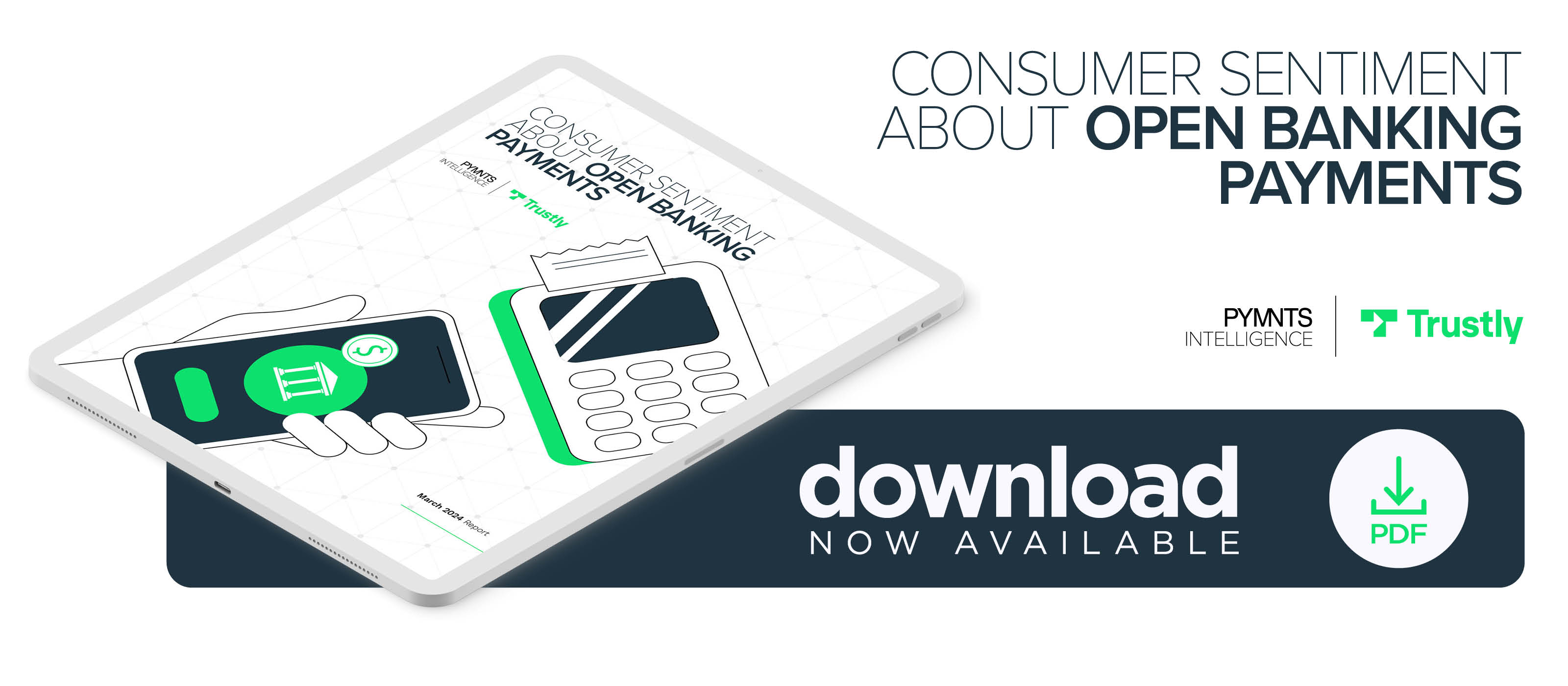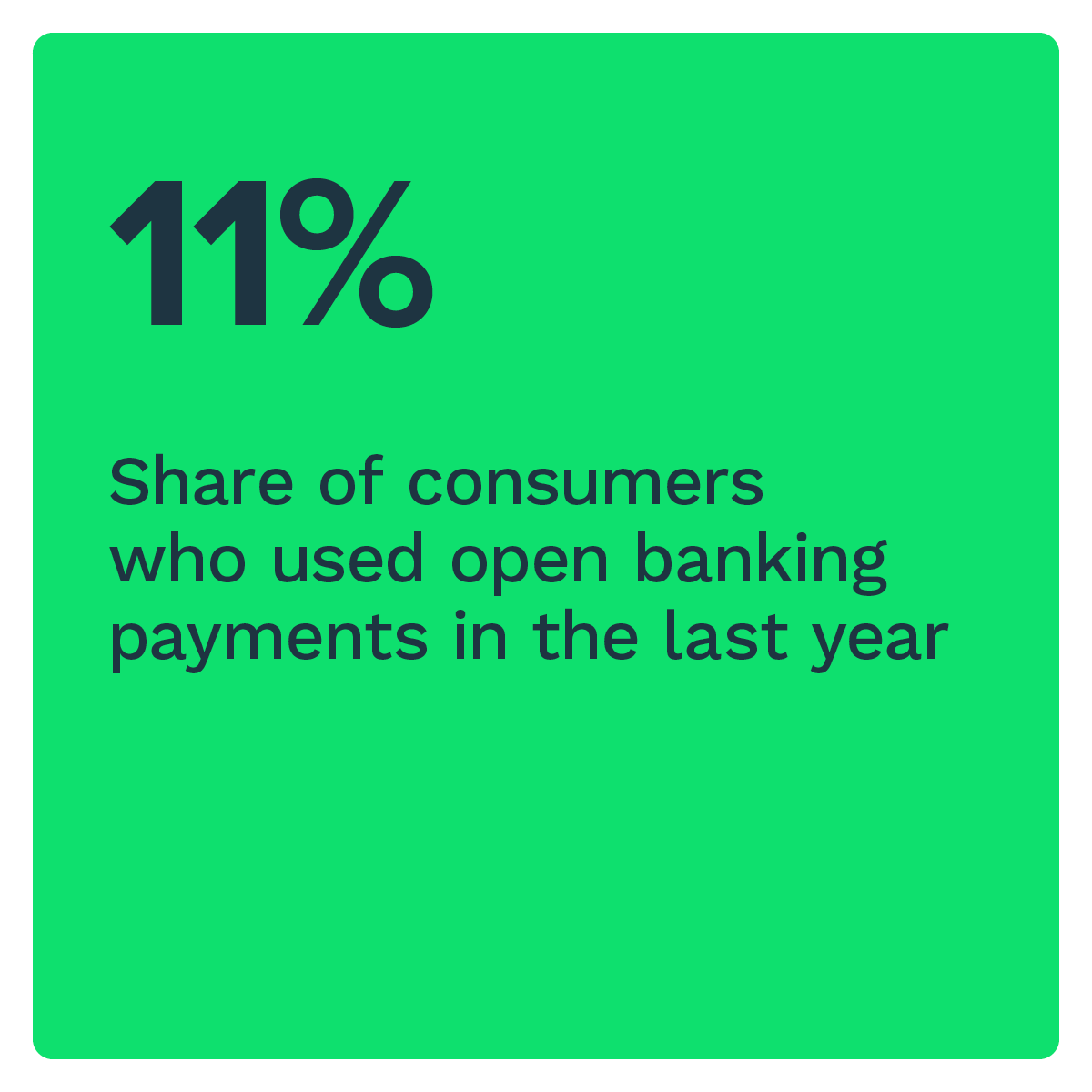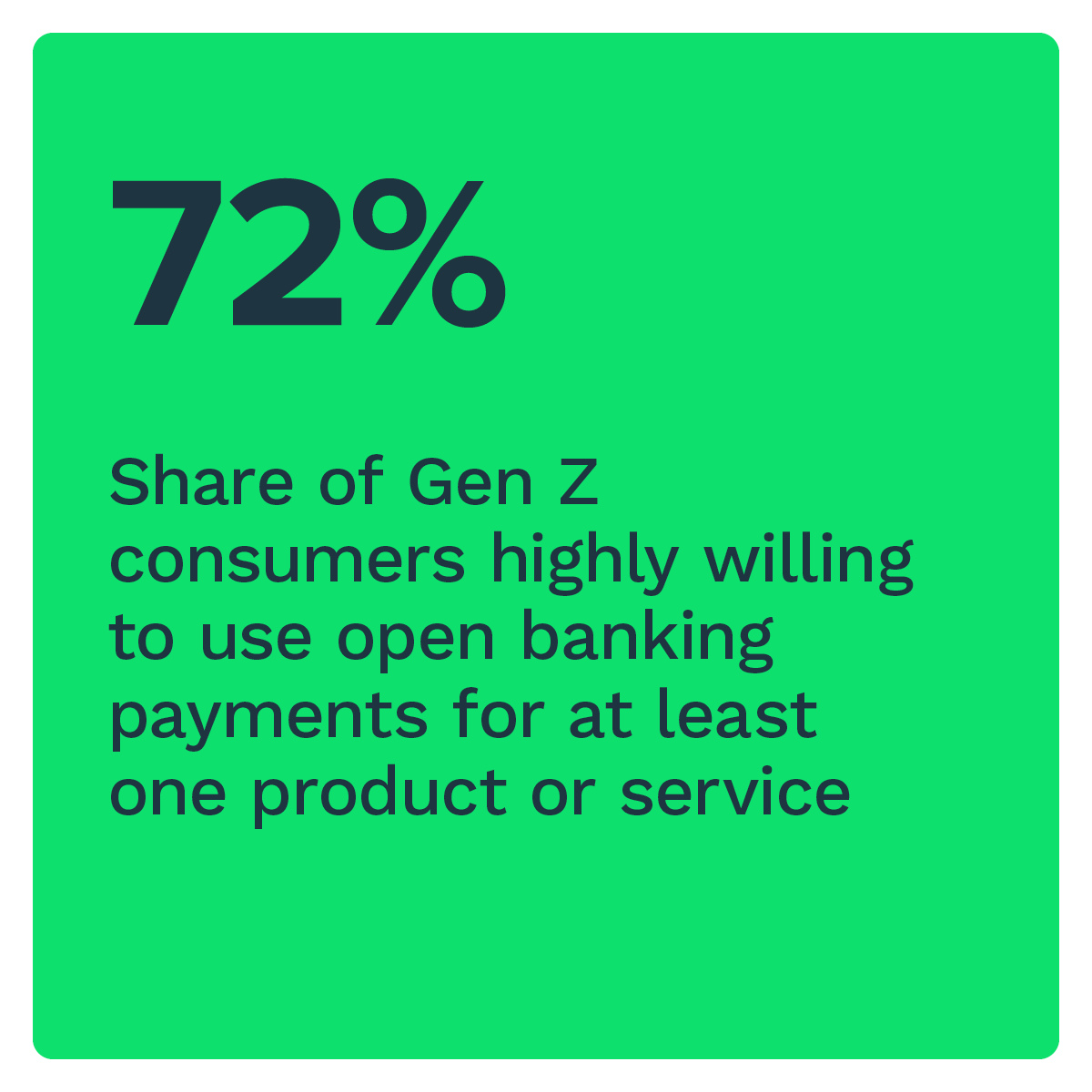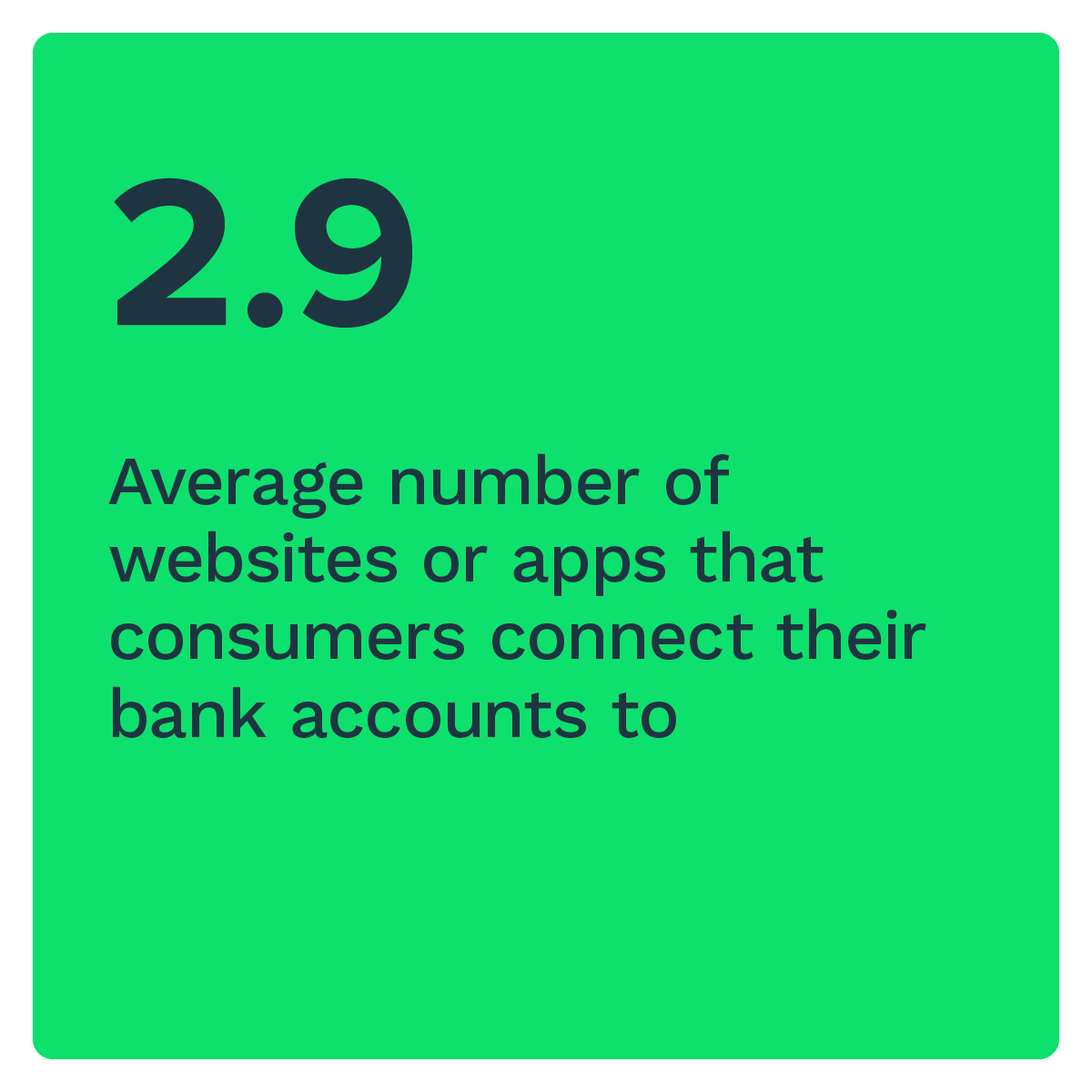New Study Shows Big Gap Between Open Banking Interest and Use
 Open banking payments appeal to consumers. Nearly half of respondents in PYMNTS Intelligence’s latest study are highly willing to use them for at least one type of expense, including monthly bills, groceries or subscriptions. These payments offer a secure and convenient way to pay merchants and service providers directly from their bank accounts.
Open banking payments appeal to consumers. Nearly half of respondents in PYMNTS Intelligence’s latest study are highly willing to use them for at least one type of expense, including monthly bills, groceries or subscriptions. These payments offer a secure and convenient way to pay merchants and service providers directly from their bank accounts.
Younger consumers are particularly attracted to open banking payments. Seventy-two percent of Generation Z respondents and 66% of millennials say they would be highly willing to use this payment method.
Yet, despite this reported interest, use of the payment method remains low.
These are some of the findings detailed in “Consumer Sentiment About Open Banking Payments,” a PYMNTS Intelligence and Trustly collaboration. This study examines consumer preferences and behaviors related to open banking payments. It draws on insights from a census-balanced survey of 2,541 U.S. consumers conducted from Dec. 29, 2023, to Jan. 5, 2024.
Eleven percent of consumers used open banking payments in the last year.
Despite high interest in this method, it comes in third place behind paying via manual input of their account and routing numbers and using bill pay services offered by their banks. Providers must confront an awareness gap: 44% of non-users said they were not familiar with the payment method.
Consumers trust banks and credit unions the most to provide these payments.
 Overall, 29% of consumers name a bank or credit union as the provider they trust most to facilitate open banking payments, and most point to their primary bank. PayPal ranks as the most trusted FinTech, at 13%, while Visa, Cash App and Amazon trail well behind. These findings reveal a fragmented trust market in which no single provider dominates consumer confidence.
Overall, 29% of consumers name a bank or credit union as the provider they trust most to facilitate open banking payments, and most point to their primary bank. PayPal ranks as the most trusted FinTech, at 13%, while Visa, Cash App and Amazon trail well behind. These findings reveal a fragmented trust market in which no single provider dominates consumer confidence.
The more consumers use this method, the higher their satisfaction levels.
Sixty-eight percent of consumers who use this payment method say they are very or extremely satisfied. Notably, the data shows that a higher frequency of use boosts trust. Among those who used open banking payments at least 15 times in the last year, this share climbs to 82%. In contrast, 58% of those who used these payments once or twice said the same.
Open banking payments represent a simple and secure way for consumers to issue payments directly from their bank accounts. Yet adoption of the method is below expectations. Download the report to learn why relatively few consumers have embraced this payment method.